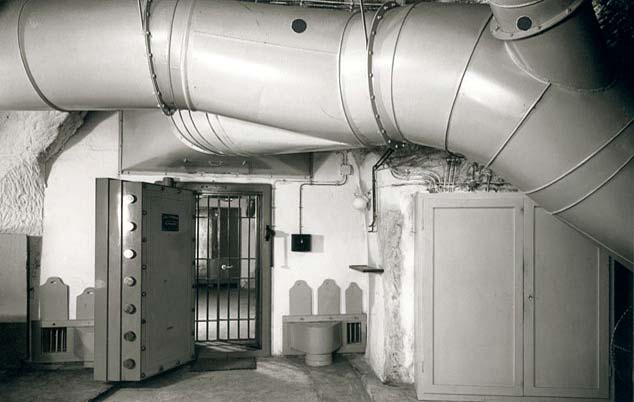
Even before the war began, circumspect Nurembergers planned on converting one of these rock-cut cellars into an art shelter. The operation had to be kept secret, because such activities were not permitted under the rigid Wartime Economy Act. The regime's ideological belief in ultimate victory made no allowance for protecting art from air raids. So Nuremberg's Castle Hill came to be the home of an "illicit installation for art."
Three factors were especially important to protect the stored treasures:
- The explosive effects of bombs
- Moisture
- Temperature
Given that the shelter was covered by as much as 24 meters of rock, an ingenious drainage, heating and ventilation system had to be developed to ensure optimum climate conditions for the sheltered art. The designs even included rooms and facilities for guard personnel.
The plans were put into action immediately once the war began.



